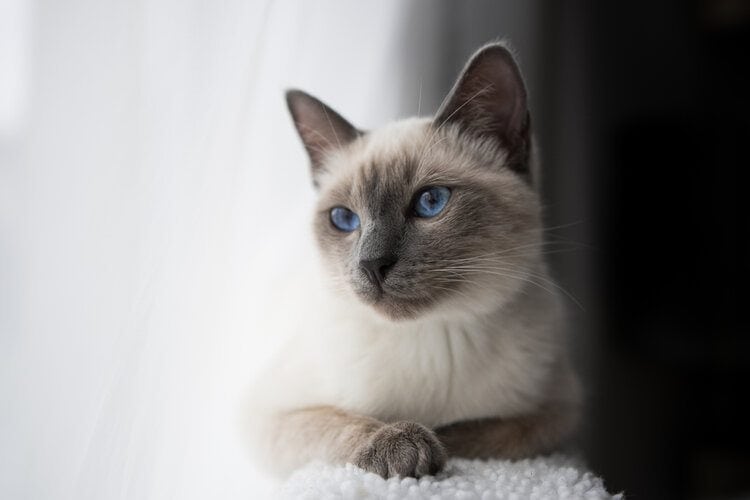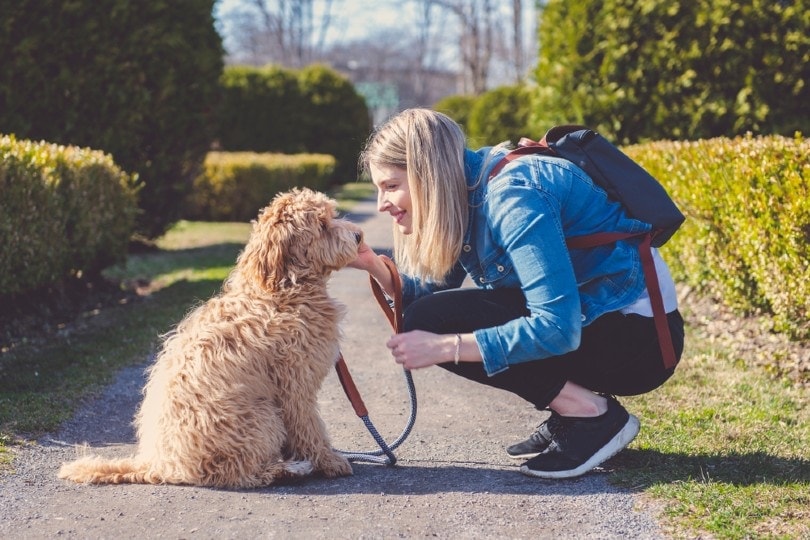How Much Are Pet Sitting Rates in 2024? (Hourly & Daily Averages)
Updated on
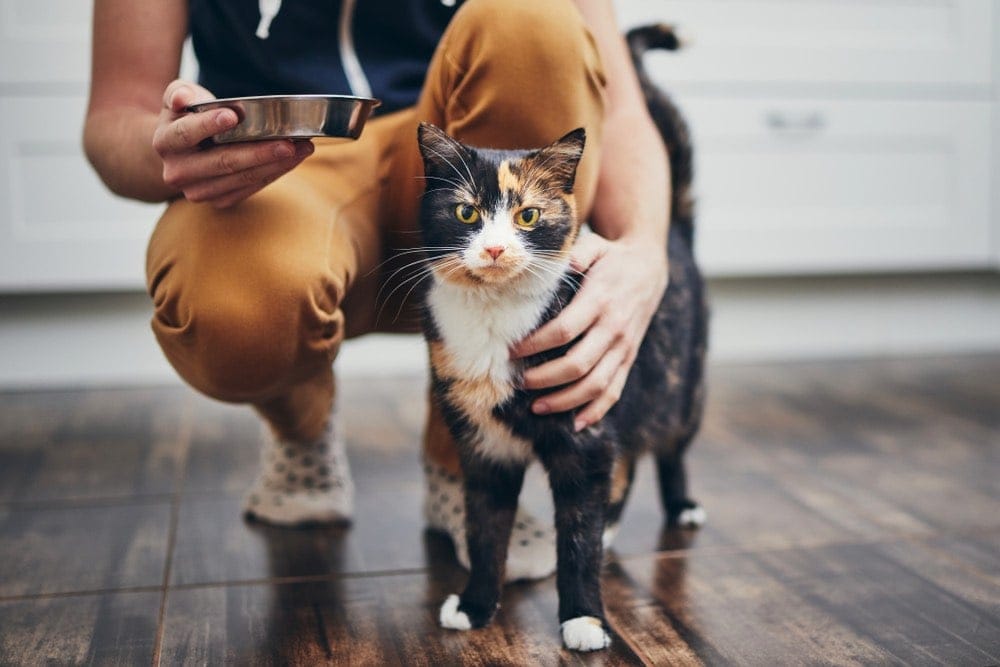
While we all want to spend as much time as we can with our furry little friends, it’s not always possible to be around them all the time. You may have to leave for work, go for an overnight trip, or have other commitments that require you to be away from home.
That’s where a pet sitter comes in. Pet sitters look after your pet when you can’t, providing them with companionship, exercise, and basic care. But how much does it cost to hire a pet sitter? Let’s discuss this below.
How Much Does a Pet Sitter Cost?
According to Indeed, a pet sitter makes $14.31 per hour1. While this is average, the lowest rate can be $8.57 per hour. Meanwhile, the highest is up to $23.88 per hour. The median range is $10 to $25 per hour.
But keep in mind that the rates will increase when you hire a pet sitter to work for you at night. For instance, nighttime visits cost $40 to $75 per night2.
You may also get a pet sitter on a weekly payment basis. The average pay rate is from $250 to $375 per week, making the daily average $35 to $53.
Does a Hobby Pet Sitter Cost Less?
A hobby pet sitter costs less than a professional. The cost decreases to 60% to 70% of what you’d pay a professional. For example, if a professional charges $15 per hour, a hobby pet sitter may charge around $10 or less per hour.
If you opt for an overnight stay with a hobby pet sitter, it can cost as little as $25 to $35 per night.
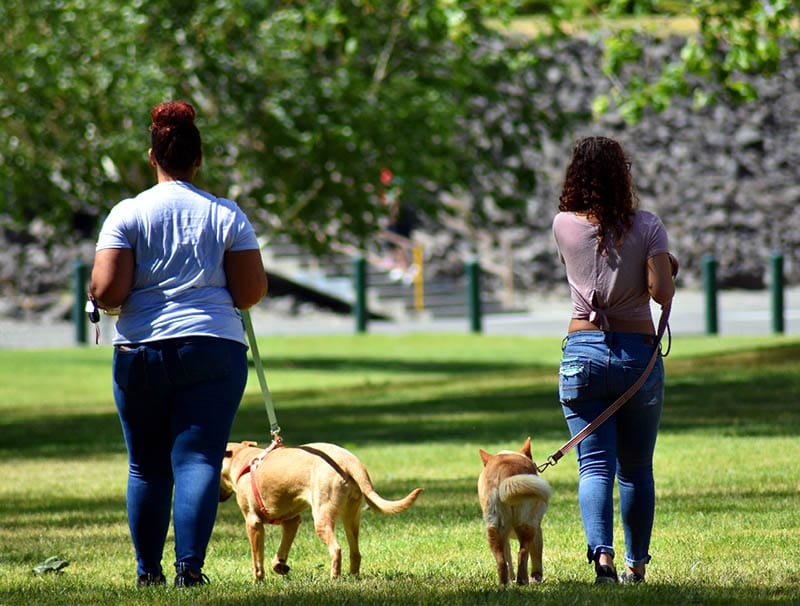
Why Do Professional Pet Sitters Have Higher Rates?
The higher cost of hiring a professional pet sitter is due to their additional services, certifications, and experience. Professional pet sitters provide more advanced services, such as administering medications, clipping nails, walking dogs for longer periods, grooming, etc.
For example, a professional pet sitter may be certified by the National Association of Professional Pet Sitters. The NAPPS certification fee is $245 for members of the association and $395 for non-members.
Likewise, professional pet sitters take first aid courses, learn basic animal behavior, and have business insurance. All these costs add up to the total rate you have to pay for their services.
Does Pet Sitting Cost More for a Special Needs Pet?
Pet sitting costs are generally higher for special needs pets.
- Needs to be administered medicines throughout the day
- Is a rescue with anxiety that needs coaxing and extra attention
- Requires a special diet
- Is a senior pet that needs frequent monitoring for health problems and accidents
A pet sitter will also charge you more if you want them to train your dog. Some dogs may require socialization training or help with potty training. Trained pet sitters can provide this service if you request it, but these services will come at an increased price.
If your pet has special needs or requires training, you should not hire hobby pet sitters. Instead, opt for a professional with sufficient training and knowledge of animal behavior.
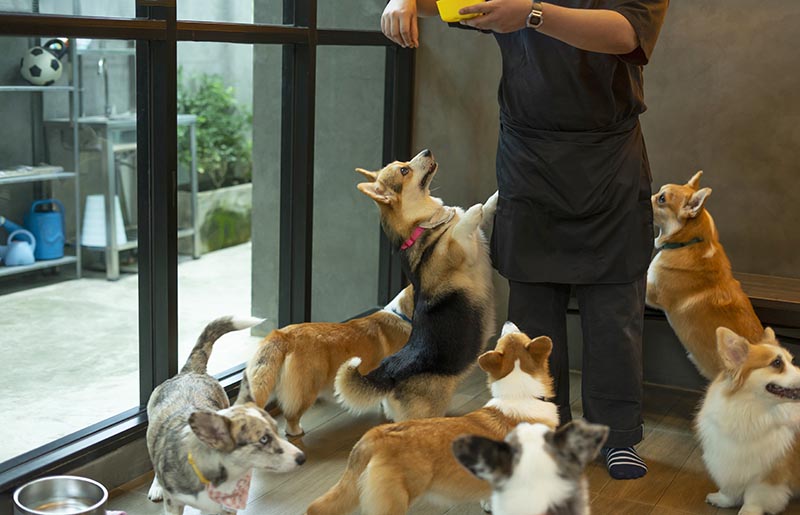
Which Factors Influence Pet Sitting Rates?
If you’re hiring a young high schooler from your neighborhood, they might not charge you as much. But if you’re hiring an experienced pet sitter with credentials and years of experience, they might charge more. Here are some factors that determine pet-sitting rates:
1. Employees or Independent Contractors
A professional pet-sitting company has two types of workers: employees and independent contractors. An employee will likely be trained by the company. Employees also receive benefits.
Since it costs more to retain an employee, a professional pet-sitting company will charge more when you hire an employee. However, this also means you’re getting good service because the employees will comply with the company’s safety and professional guidelines.
An independent contractor does not cost the company as much, as the organization does not have to pay employment benefits to these individuals. Hiring an independent contractor may cost you less.
2. Services Provided
Typically, a professional pet sitter comes to your place for 30 to 60 minutes. They clean the litter box, administer medicines to your pet (if any), clean the food bowl, fill up the water bowl, and take them out for a walk.
- First aid training for employees
- Pet sitting insurance
- Emergency procedures
- Animal behavior training
- Grooming services
- Medicine administration
- GPS logs for every visit
- Updates (pictures of your happy pet or a full food bowl)
These services come at an additional cost. The better the service gets, the more you have to pay.
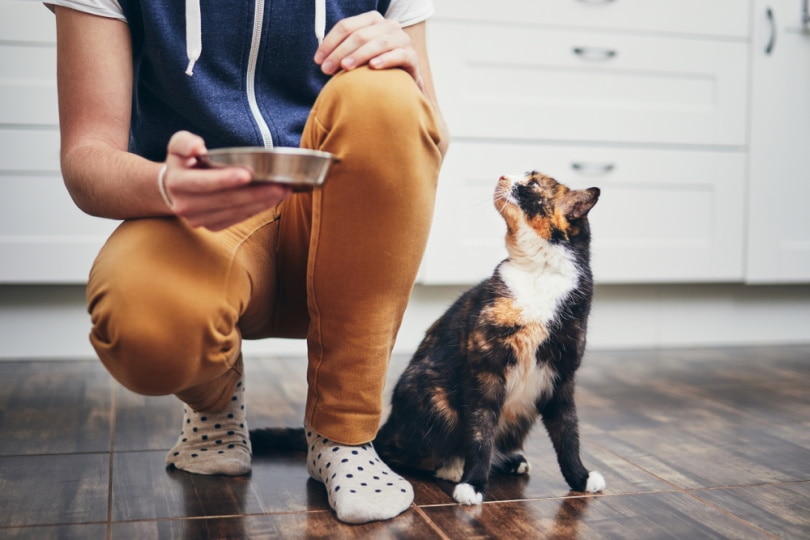
3. Location
Another factor that affects pet sitting rates is the location. If you live in a rural area with few professional pet-sitting companies, you may have to pay more for the same services. The rate is often lower if you live in a city or town with plenty of pet sitters. That’s because the competition drives down the rates.
Similarly, the hourly rates for pet sitters are higher in some states than others. For instance, the hourly rate for Connecticut is $16.36, while West Virginia’s is $14.91. A pet sitter in Michigan might charge you $13.44 per hour, but the same professional will cost up to $16.61 in Rhode Island.
4. Number of Pets
If you have more than one pet, you should expect to pay more, even if the pet sitter spends the same amount of time in your home. While they’re spending the same time, they’re doing double (or triple) the work. So, you have to expect to pay more.
5. Company or Individual
You don’t necessarily have to hire a professional pet-sitting company. Some online websites let you connect with individual pet sitters. Individual pet sitters charge less than a professional company because they don’t have to pay for several services, such as employer’s insurance. But they may not provide as many services as a professional company does. Plus, they may not have proper training.
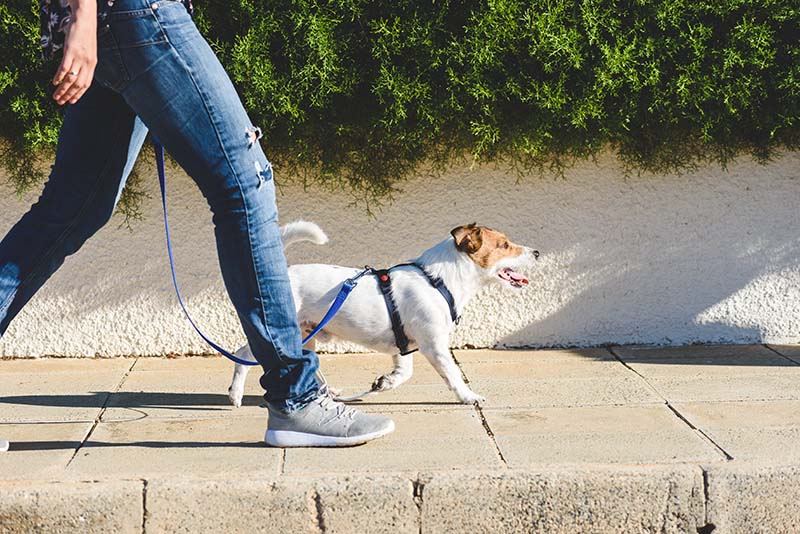
6. Type of Pet
The hourly pet-sitting rate will also depend on your pet. The charges for dogs and cats are quite similar. But if you have a bird, the hourly rate may be lower, as birds don’t require as much attention.
If you have an exotic pet, such as a snake or an iguana, the hourly rates will be higher. Plus, you’ll have to find someone who specializes in caring for these pets.
7. Seasonality
Like every business, pet sitting also has peak demand times during the year. Christmas, Easter break, school holidays, and New Year’s are all high-demand times for pet sitters. Since most owners travel or are away from home during this time, they need pet sitters. With an increase in demand, the rates might also soar around the holiday season.
8. Insurance
Professional pet-sitting companies have insurance, which provides protection in the event of any accidents. The insurance covers damages to your property or injuries that may occur to your pet while the sitter is there.
For example, insurance will pay for the damages and healthcare costs if your pet becomes ill or injured due to a sitter’s negligence. Since insurance costs thousands of dollars per year, a pet-sitting company will charge you more to cover the premium payment.
Should You Tip Pet Sitters?

No, you don’t have to tip pet sitters, but tipping is a nice gesture and shows your appreciation for their work. You can pay 10% for a decent job and up to 20% or more for excellent service.
Tipping might not be feasible if you hire a pet sitter frequently, as it raises the actual cost of hiring a pet sitter. But you can tip now and then when you feel the job was done exceptionally well. If you hire a pet sitter for the holiday season, a tip can be a great way to make their week worthwhile.
Tips to Choose a Pet Sitter
- Check if the pet sitter is certified by the National Association of Professional Pet Sitters or Pet Sitters International (PSI). Certification adds credibility and ensures that the pet sitter has been properly trained in providing quality care for your pet.
- Ask if they have insurance. It can save you from any cost stemming from negligence or damage that occurs during the pet sitter’s visit.
- If your dog has special medical needs, choose a pet sitter with first aid and CPR training.
- Ask the pet sitter for references. You can also conduct a brief background check if you plan to hire them frequently.
Conclusion
The pet-sitting rates can be $15 to $30 per hour and $40 to $75 for nightly visits. The rates depend on the number of pets, geographical location, pet sitter’s experience and training, type of pet, and seasonality.
If you need someone for a short visit only, it’s best to hire a hobby pet sitter, as it will cost you less. But if you’re gone for a long time, and your pet has special care requirements, hire a trained professional.
Note that some professional companies may have additional charges, such as for medication administration and grooming. Besides the hourly rate, you can also choose to tip the pet sitter. 10% to 20% is the norm.
See also:
Featured Image Credit to: Jaromir Chalabala, Shutterstock


